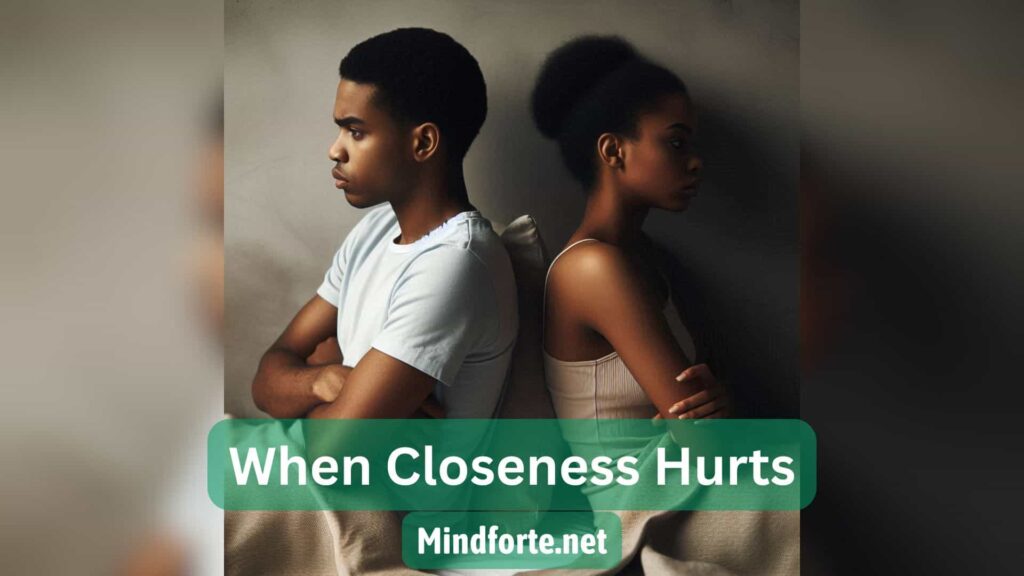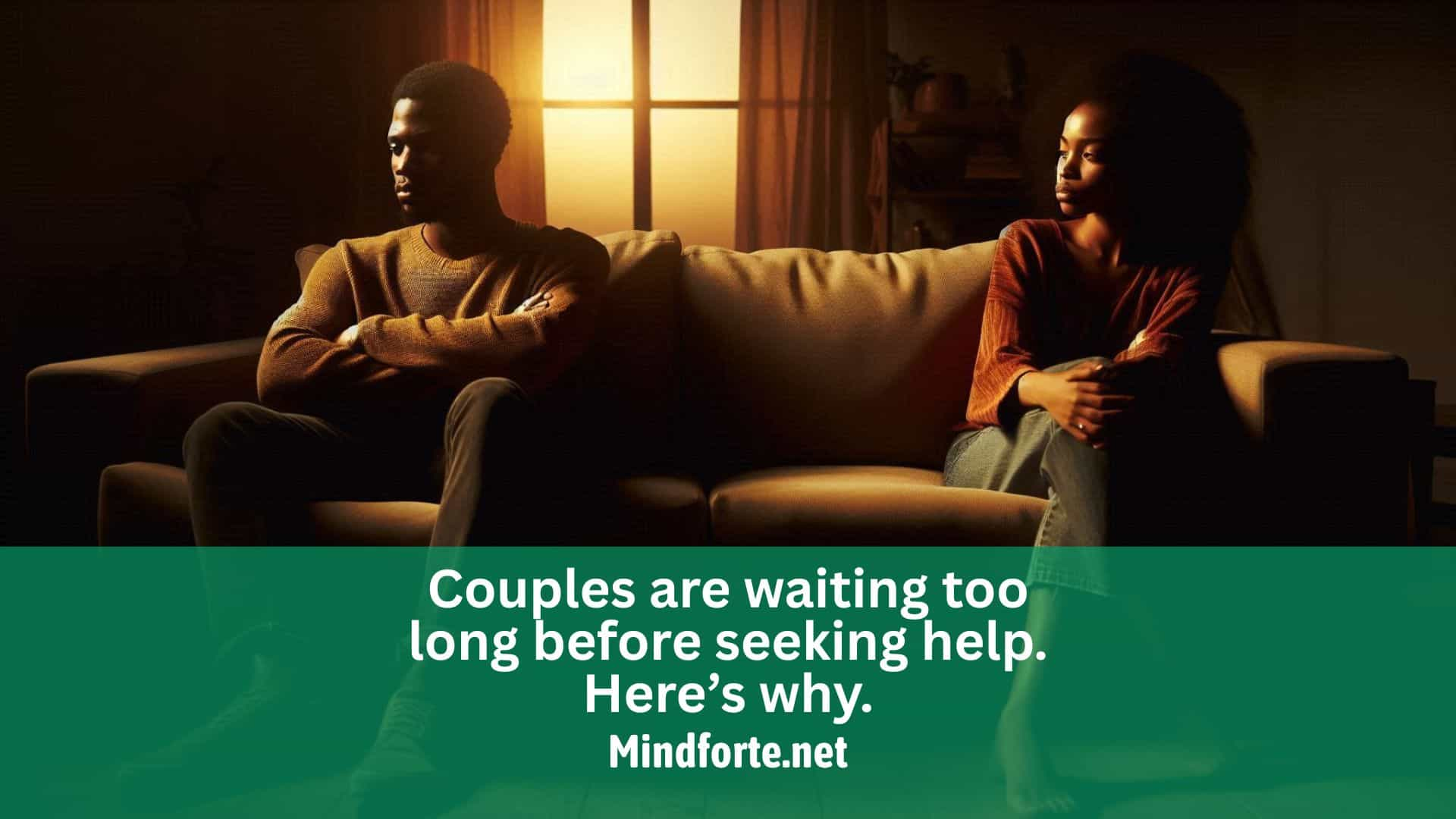Ever wondered why even when everything looks perfect—chemistry is there, respect is there—something still feels off?
You argue more, feel distant, or crave reassurance more than you’d like.
These are often signs of deeper attachment styles quietly shaping your connection.

How We Learn to Love (And Sometimes Hurt)
From infancy, we form “internal working models” about relationships.
These blueprints — whether loving or neglectful — guide how we trust, depend, and communicate as adults.
Understanding the Four Attachment Styles
Secure
Healthy intimacy + independence.
Adults with secure attachment grew up with consistent, loving care (health.clevelandclinic.org). They can depend on others and be alone — a balance most couples strive for.
Anxious (Preoccupied)
Craving closeness + fearing abandonment.
These partners seek constant reassurance, worry intensely, and can come across as clingy—even when it’s just self-protection (health.clevelandclinic.org, news.com.au).
Avoidant (Dismissive)
Self-reliant + emotionally distant.
Raised to suppress feelings, avoid-dismissive individuals avoid closeness and struggle to express vulnerability (en.wikipedia.org).
Fearful-Avoidant (Disorganized)
Want closeness + dread emotional risk.
Often shaped by trauma, this style mixes anxious pursuit with avoidant withdrawal — fierce conflict, and no safe haven (ijip.in).
How These Styles Slowly Erode Connection
- Anxious makes partners feel suffocated.
- Avoidant leaves the other feeling unimportant.
- Fearful-Avoidant creates a confusing push-pull loop.
Left unchecked, these patterns can lead to emotional distance, resentment, and a sense of loneliness within a relationship. Over time, even small misalignments can erode trust.
Could It Be Time for Help?
You’re likely wondering: Do I need therapy?
If you are experiencing the following, you might need therapy:
- You or your partner feel unheard or unsafe
- You keep repeating relational fights
- You fear pointing out issues, or your partner shuts down emotionally
These are good moments to seek mental health support and psychological help. The benefits of talking to a therapist can’t be overstated: recalibrating trust, rebuilding intimacy, and honing communication skills.
Healing Doesn’t Mean Fixing the Other
- Notice your patterns. Slow down, ask: “Why do I feel this way?”
- Practice new habits — like sending reassurance instead of texts in a storm.
- Bring it into therapy — especially useful in Therapy in Nigeria where cultural insights help.
- Celebrate small wins — each honest conversation shifts your brain’s default wiring.
You Don’t Have to Walk This Alone
At Mindforte Psychology Clinic, we blend empathy with proven strategies to help you rewrite old patterns. Whether together or individually, you can rebuild trust and closeness—starting today.
Book an appointment here: www.mindforte.net/booking/
References
- Cleveland Clinic – The 4 Attachment Styles and How They Impact You. https://health.clevelandclinic.org/attachment-theory-and-attachment-styles (health.clevelandclinic.org, en.wikipedia.org, brides.com, en.wikipedia.org)
- Verywell Mind – 4 Attachment Styles: How They Form and Their Effects. https://www.verywellmind.com/attachment-styles-2795344 (verywellmind.com)
- Attachment Project – Attachment Styles in Adult Relationships. https://www.attachmentproject.com/blog/four-attachment-styles/ (attachmentproject.com)
- NCBI – Insecure Attachment, Dysfunctional Attitudes…. https://www.ncbi.nlm.nih.gov/pmc/articles/PMC10047625 (pmc.ncbi.nlm.nih.gov)
- NCBI – Relationship between Attachment Styles and Relationship Satisfaction. https://ijip.in/wp-content/uploads/2024/05/18.01.202.20241202.pdf (ijip.in)
- Wikipedia – Attachment in adults. https://en.wikipedia.org/wiki/Attachment_in_adults (en.wikipedia.org)

